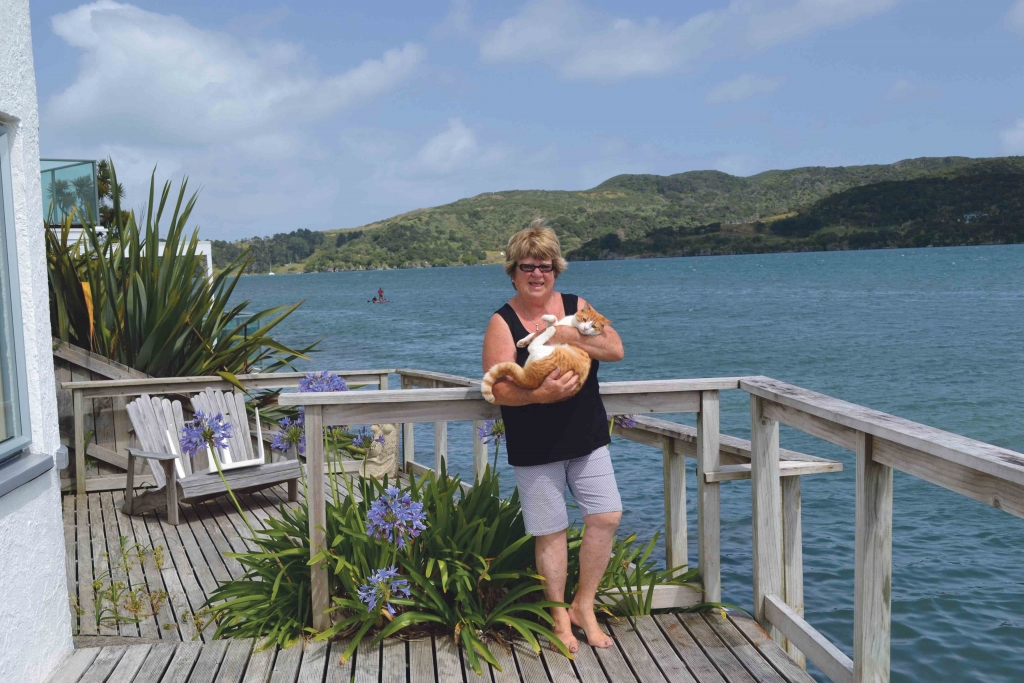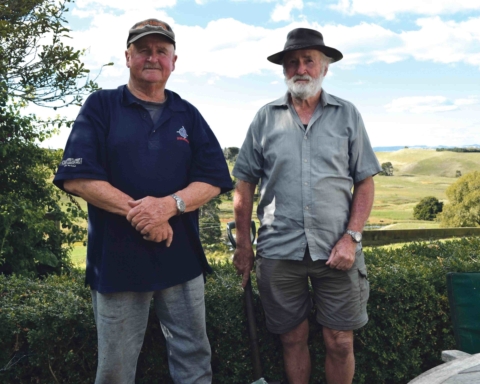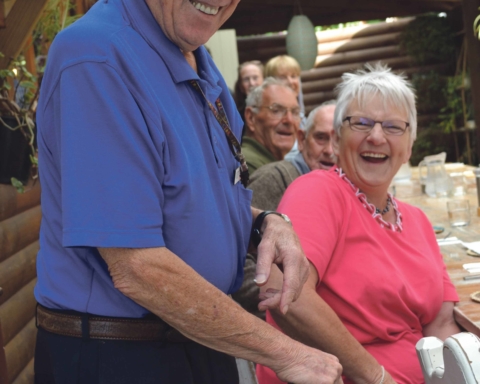Rangitahi Project road developments have revealed a well belonging to the Nihinihi Wesleyan Mission Station on the corner of Opotoru Rd and Wainui Rd.
Archaeologist Warren Gumley – who is contracted to Rangitahi to oversee the work around the historically significant site – says the well was most likely constructed around the time the mission house was built.
He says the well is around six-metres deep and was probably another one-metre deeper, and around 1.5-metres wide and was fed by ground water.
There was also evidence of pipes feeding into the well, which he says may have provided water for baches in the 1950s.
The well will be left in place but it was back-filled for safety reasons.
An 1854 Royal Navy survey plan of Whaingaroa Harbour shows the church as more-or-less on Opotoru Rd and the mission house around Wainui Road – close to the intersection with Opotoru Rd.
The mission was established on the site in 1839 under the Reverend James Wallis who arrived with his wife and three young children.
The family started life at Nihinihi under their four poster bed, which was covered with timber and blankets, until the mission house was built.
Buildings at the station included a large chapel and mission house plus outhouses, additional small houses or whare, gardens, orchards and paddocks for animals.
When the Wallis family moved to Onehunga in 1863 Reverend Cort Schnackenberg and family took over the mission until 1880.
The station was no longer occupied by the mission after 1880 and the property was leased out and farmed.
The mission house burnt down in 1889 and the property was purchased by Edward Schnackenberg in 1899 for farming. He subdivided the 76-acre property in 1940 into small residential parcels.
An archaeological assessment was undertaken in 2016 by Gumley for Rangitahi Project to mitigate the impact of the development on archaeological remains found on the site, and to identify and record any archaeological deposits.
The assessment also found evidence of pre-European occupation of the site with numerous shell midden on Opotoru Rd.
Janine Jackson








